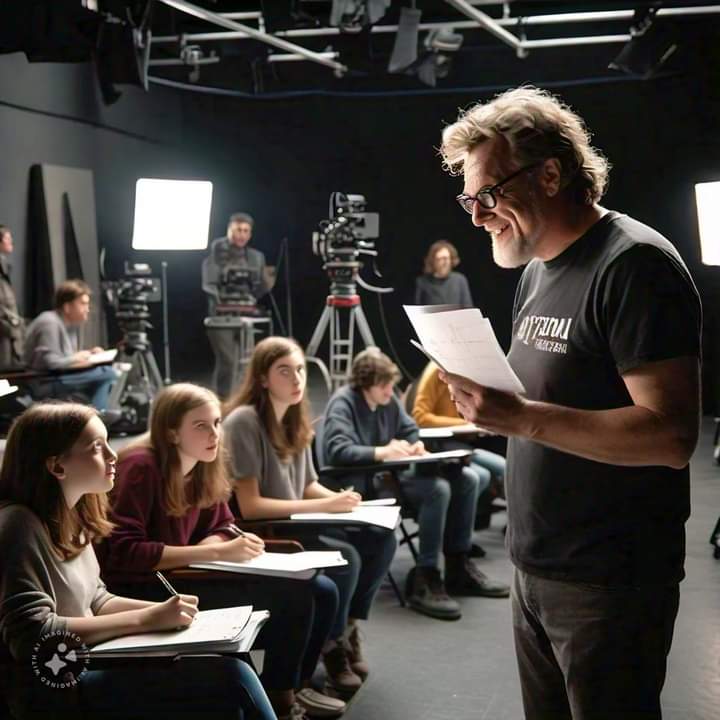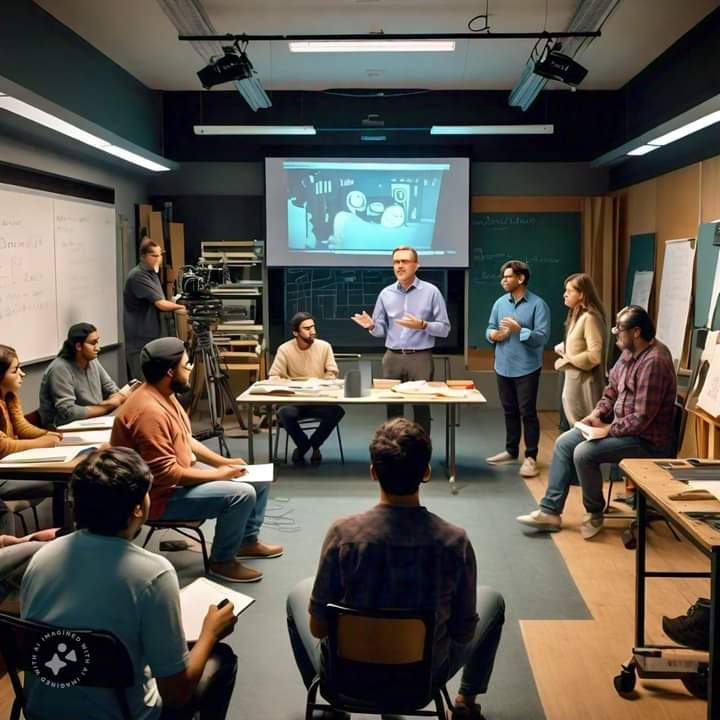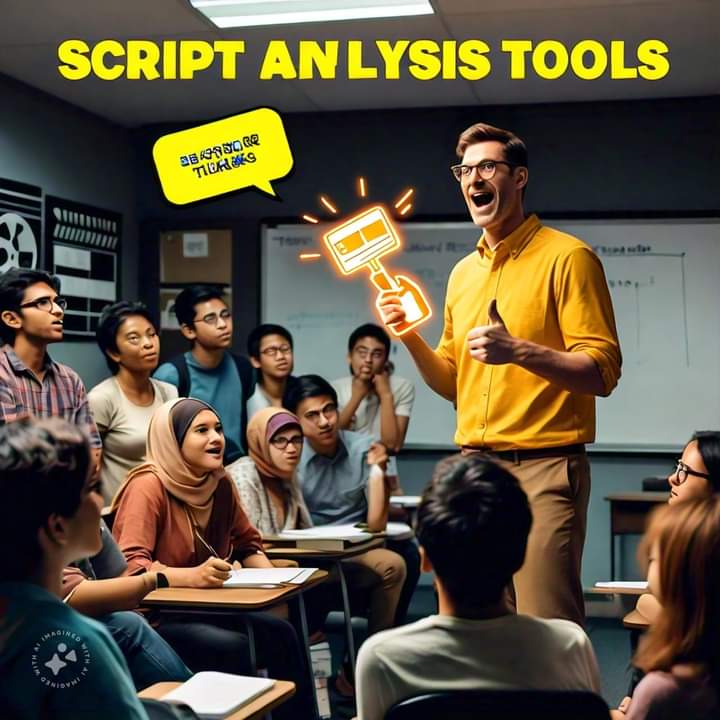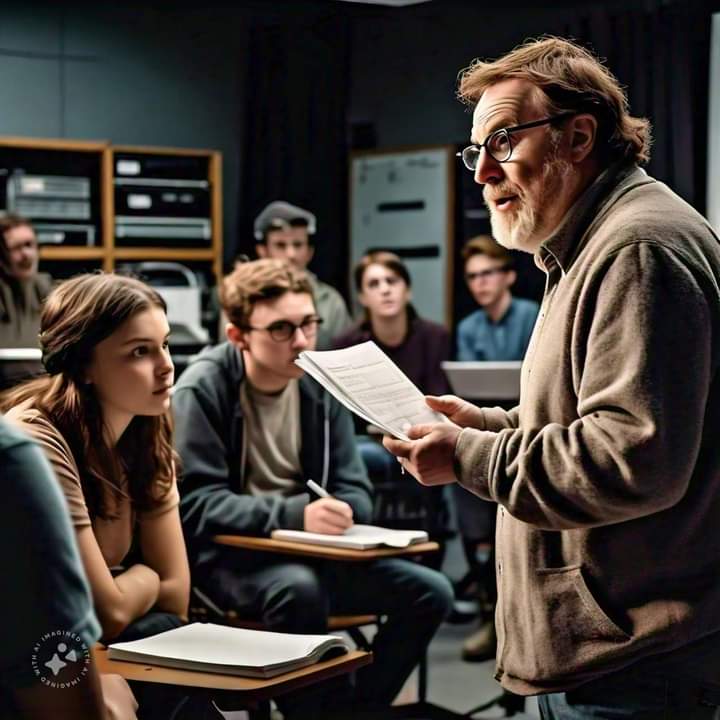Alright, let’s dive into the world of script analysis and project planning! Now, if you’ve ever wondered how characters and scenes magically come to life on screen, stage, or even in games, you’re in for a treat. Knowing how to break down scripts and determine project requirements is like finding the map that guides the entire production journey.

Imagine this: you’re working on a production like The Lord of the Rings—a world full of rich characters, intricate settings, and a story that feels almost alive. Now, it’s your job to take that massive script and pinpoint every detail that’s going to make the magic happen on screen. From knowing which props are needed to visualizing entire landscapes, this is where the magic of script analysis begins.
So, let’s start with the core skill: Script Analysis. This is about understanding what the writer and director envision at a deep level. You’re reading between the lines. You’ll pick out character traits, emotional beats, and plot twists that might even inspire set or costume design. And remember, every detail matters—right down to Gandalf’s staff or Frodo’s weathered cloak. Every little thing connects to the bigger picture, and it’s up to you to see it all.

Next up: Detail Orientation. This is like putting together a puzzle. Let’s say the script mentions something like a ‘weathered leather jacket’ for a character who’s been on the road for years. As a detail-oriented analyst, you’d note that it can’t be just any jacket. It needs to look like it’s been through rough terrain and seen a few fights! Picking up on those clues is what makes the audience really believe in the world you’re helping to create.

Then, we have Visual Imagination. Think of a film like Alice in Wonderland. The script alone doesn’t explain the magic of Wonderland in full detail; it’s up to the project team to visualize each element. When you have a strong visual imagination, you can start to picture what a script’s description might look like on set, so you can really bring those fantastical elements to life.

Of course, this is a team effort, which is where Communication Skills come in. You’ll be sharing your analysis with directors, designers, costume artists—every department. And it’s your job to make sure each of them has the information they need, so everything looks and feels unified. Imagine working on a historical drama like Pride and Prejudice; your communication ensures the costumes, props, and settings all fit seamlessly within the same time period.

And let’s not forget Research Abilities. Sometimes, a script calls for a specific cultural reference or historical accuracy. In a movie like Gladiator, where every detail—from the armor to the setting—needed to reflect ancient Rome, research played a huge role. You might be researching materials, historical styles, or cultural elements to make sure every aspect rings true.

If you’re thinking, ‘How do I build these skills?’ well, start with resources! Books like The Anatomy of Story by John Truby give you insights into storytelling fundamentals. Or check out Script Analysis for Actors, Directors, and Designers by James Thomas to get a practical feel for script breakdown. Then there are online courses and even professional associations like the American Society of Script Editors, where you can get support and make connections.

And, of course, hands-on experience is key. Whether you’re doing an internship at a theater, working on indie films, or freelancing, real-world practice will let you apply your analysis skills in ways you can’t learn from books alone.
So, whether you’re working on a story as epic as Lord of the Rings or as intimate as Pride and Prejudice, remember: you’re not just a script analyst. You’re a storyteller. Every detail you interpret, every note you make, brings the story one step closer to reality. Embrace the challenge, enjoy the creativity, and remember—you’re helping to bring a story to life for every single audience member out there.”
Video


